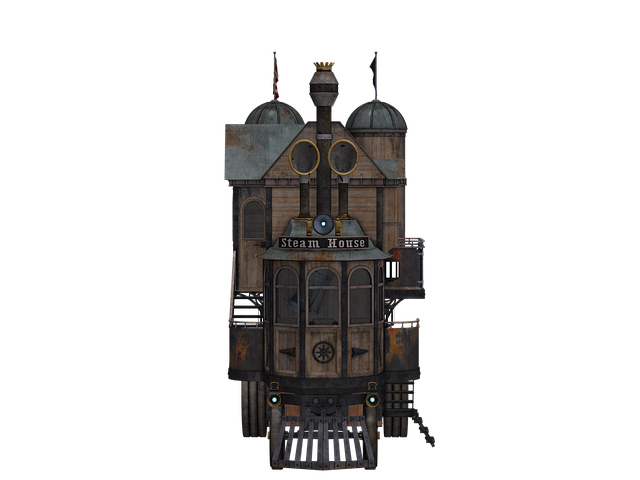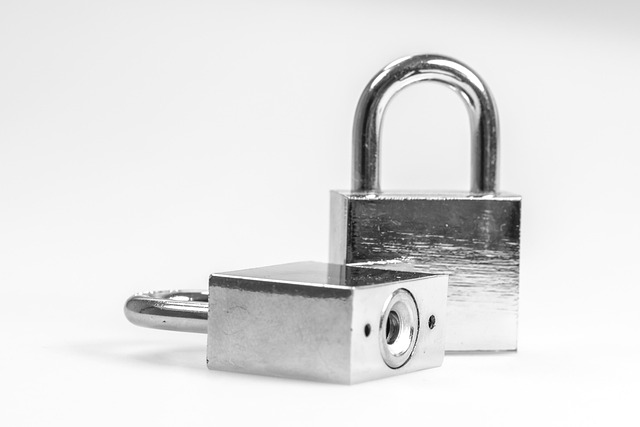Solar-powered cameras represent a game-changer in security technology, offering sustainable and low-maintenance surveillance solutions through renewable energy from sunlight. Ideal for residential and commercial use, these off-grid cameras ensure continuous operation during power outages or remote locations, making them perfect for border patrols, wilderness monitoring, and protecting assets away from conventional electricity. Long-lasting solar panels provide cost-effective, high-performance security in hard-to-reach areas, reducing carbon footprints while enhancing surveillance capabilities. Choosing durable, efficient panels and integrating motion-sensor cameras with HD recordings ensures a comprehensive, low-maintenance security system that requires minimal cleaning and inspections for optimal longevity.
“Revolutionize your security with long-lasting solar panels, a game-changer for low-maintenance surveillance. This comprehensive guide explores the benefits of integrating solar-powered cameras into your security system. From energy independence to reduced environmental impact, these panels offer sustainable solutions. We’ll delve into key features ensuring durable performance and provide implementation tips for optimal results. Discover how solar technology can enhance your security while simplifying maintenance.”
- Understanding Solar-Powered Cameras: An Overview
- Benefits of Long-Lasting Solar Panels for Security Systems
- Key Features to Consider in Choosing Durable Solar Panels
- Implementation and Maintenance Tips for Optimal Performance
Understanding Solar-Powered Cameras: An Overview

Solar-powered cameras are a cutting-edge innovation in security technology, leveraging the benefits of clean energy to enhance surveillance capabilities. These cameras operate on renewable energy derived from sunlight, eliminating the need for grid electricity or complex wiring systems. By harnessing solar power, they offer a sustainable and low-maintenance solution for security monitoring, making them an attractive option for both residential and commercial applications.
The advantages of solar-powered cameras are multifaceted. They are environmentally friendly, reducing carbon footprints associated with traditional camera systems. Moreover, their off-grid nature ensures continuous operation even during power outages or remote locations without access to conventional electricity. This feature makes them ideal for areas requiring robust security, such as border patrols, wilderness monitoring, and remote asset protection.
Benefits of Long-Lasting Solar Panels for Security Systems

Long-lasting solar panels offer a sustainable and cost-effective solution for enhancing security systems, particularly in remote or hard-to-reach areas. One of the key advantages is their ability to power solar-powered cameras, providing an efficient and reliable energy source. These panels are designed to withstand various weather conditions, ensuring consistent performance over an extended period without requiring frequent maintenance or replacement.
By adopting long-lasting solar panels for security applications, individuals and businesses can enjoy a reduced carbon footprint while benefiting from enhanced surveillance capabilities. Solar-powered cameras equipped with these panels can operate autonomously, capturing high-quality footage and sending alerts remotely, thus streamlining the monitoring process. This technology is ideal for border security, wilderness conservation efforts, or even residential properties seeking advanced protection without the hassle of traditional electricity connections.
Key Features to Consider in Choosing Durable Solar Panels

When selecting long-lasting solar panels for low-maintenance security, several key features should be top of mind. Firstly, durability is paramount; look for panels with robust construction that can withstand varying weather conditions and potential physical impacts. Secondly, high efficiency translates to more energy production per square foot, ensuring optimal performance even in partial shade.
Additionally, consider solar-powered cameras that integrate seamlessly with your panel system. These cameras leverage the sun’s energy, eliminating the need for frequent battery replacements or grid power connections, thereby enhancing security without extra maintenance overhead. Look for models featuring motion sensors and HD recording capabilities for a comprehensive surveillance solution.
Implementation and Maintenance Tips for Optimal Performance

Implementing solar-powered security cameras is a straightforward process, often involving mounting them in strategic locations around your property. The key to optimal performance lies in proper placement—areas with unobstructed access to sunlight will ensure efficient energy generation. It’s recommended to position these cameras near known entry points or areas requiring surveillance. Once installed, minimal maintenance is required, making them an ideal low-maintenance security solution. Regular cleaning of the panels to remove any debris or dust can significantly enhance their longevity and energy output.
For best results, consider scheduling routine inspections to check for any signs of damage or performance issues. Since solar panels require sunlight to function, shading or obstruction from nearby trees or structures should be avoided. Additionally, keeping an eye on the surrounding environment ensures that the cameras remain unharmed from extreme weather conditions or potential physical vandalism. Regular maintenance and quick issue resolution will contribute to the long-term reliability of your solar-powered camera system.
Solar-powered cameras offer a sustainable and cost-effective solution for security systems, leveraging renewable energy for enhanced surveillance. Long-lasting solar panels play a pivotal role in ensuring these cameras require minimal maintenance while delivering consistent performance. By considering key features and implementing optimal practices, you can harness the benefits of solar technology to secure your space efficiently and responsibly.
